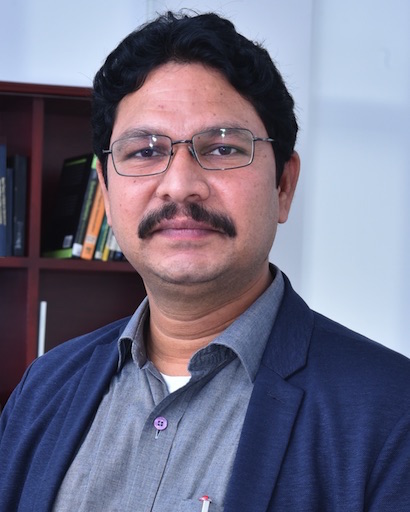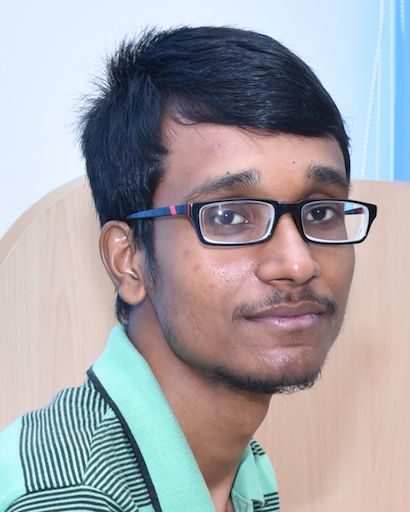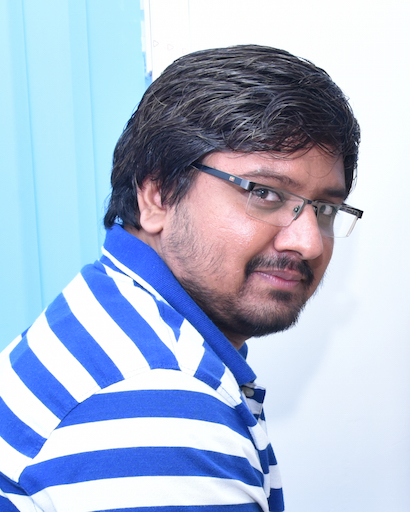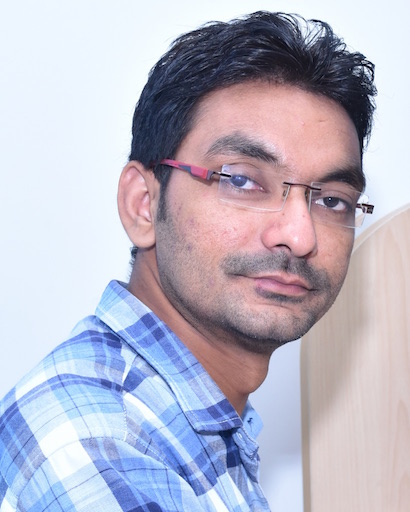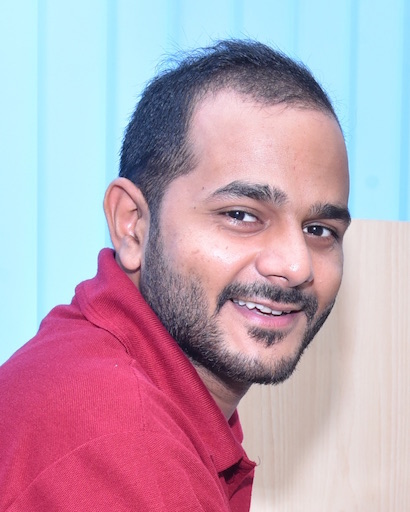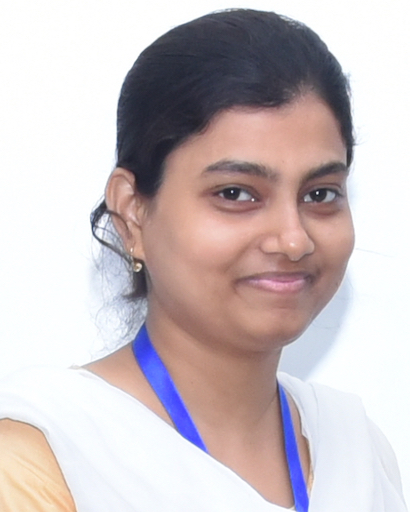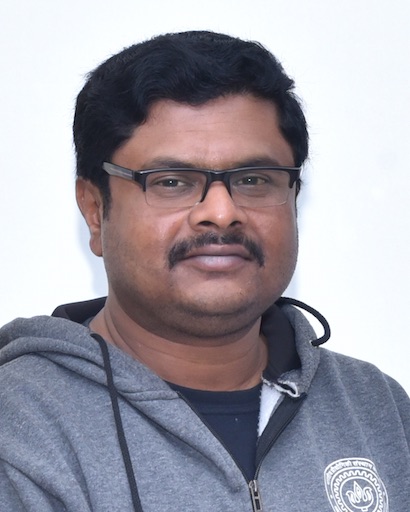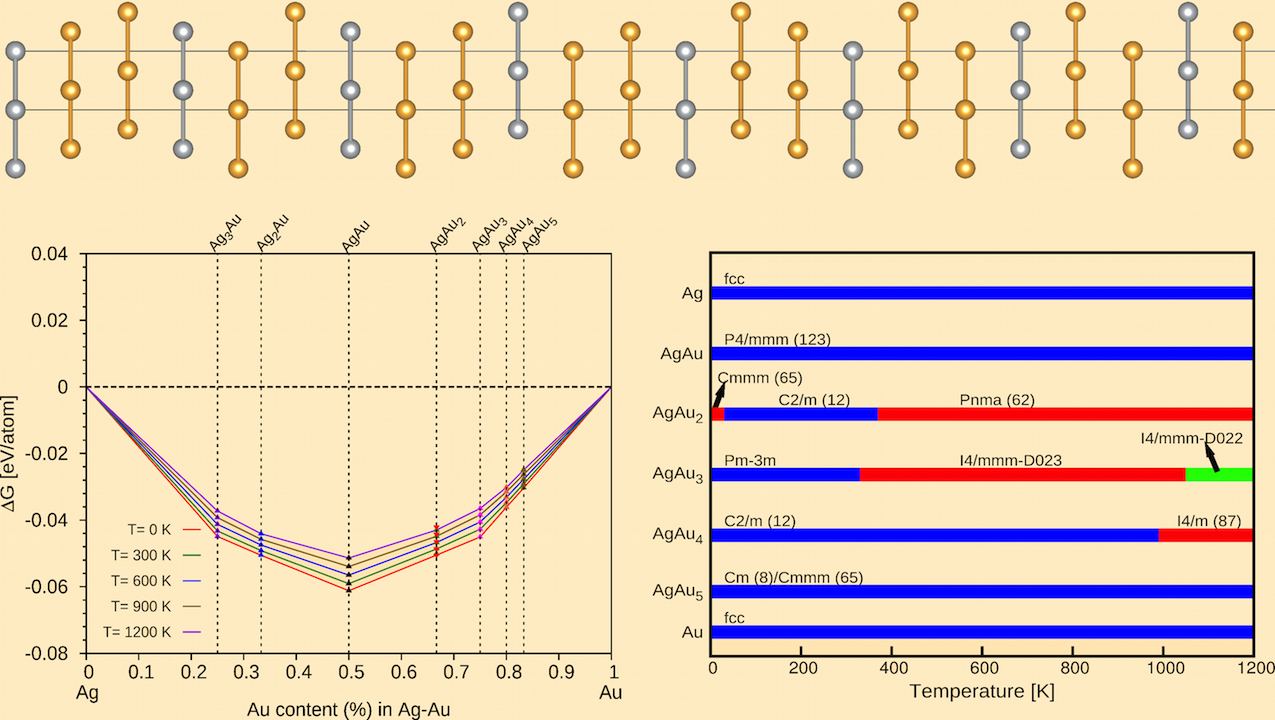
Superconductivity in Ag-Au Alloys
In light of the recent reports on room temperature superconductivity in silver particles embedded into a gold matrix, we have extensively investigated and predicted the crystal structures of Ag-Au alloys by means of data-mining and evolutionary algorithms coupled with first-principles density functional theoretical calculations.
Superconducting critical temperatures are estimated within the BCS-like formalism. It turns out that among all the stable and metastable structures resulted, a few are found to have Tc not more than one mK.
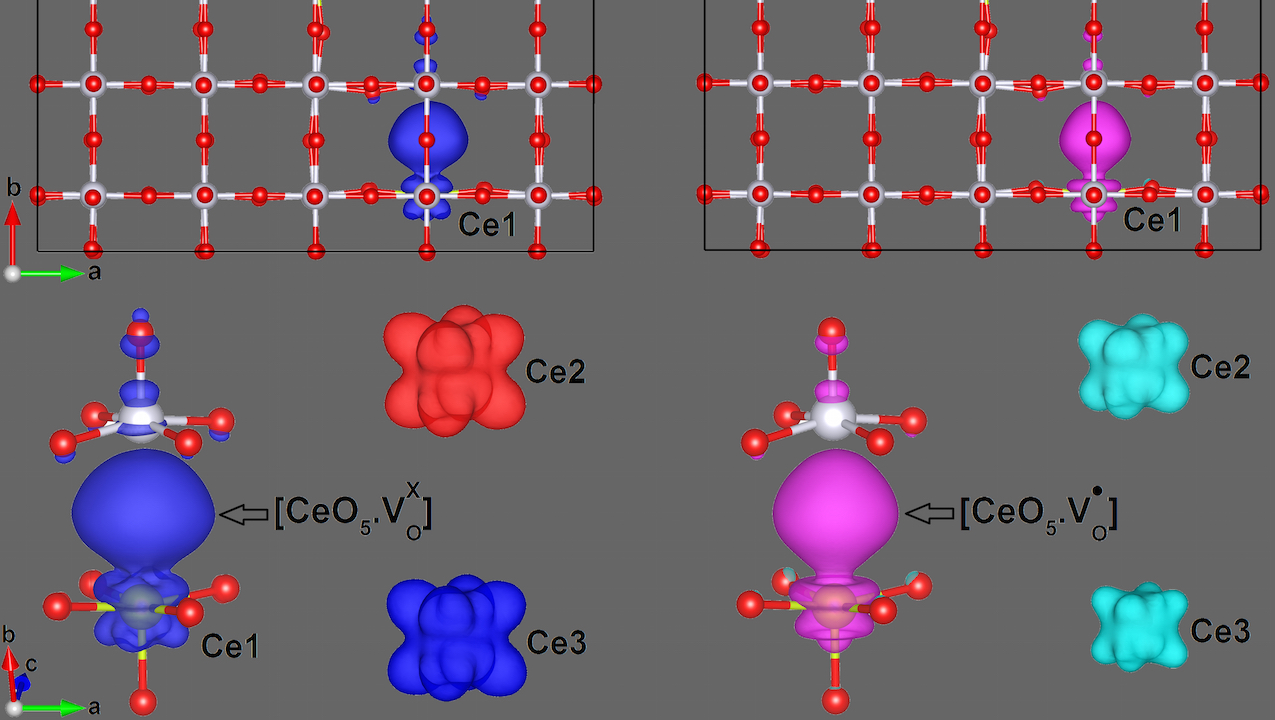
BaZrO3—Perovskite Photocatalyst
The long-standing debate over the influence of oxygen vacancies and various dopants has been the center point in perovskite materials for their photocatalytic applications. Recently, we demonstrated through experiments and systematic theoretical calculations that the Ce doped BaZrO3 shows enhanced photocatalytic H2 production.
The synergistic effect of decreasing the band gap due to the presence of oxygen vacancies, cerium mixed valence states and crystal lattice distortions were found to be the key factors for the photocatalytic efficacy.
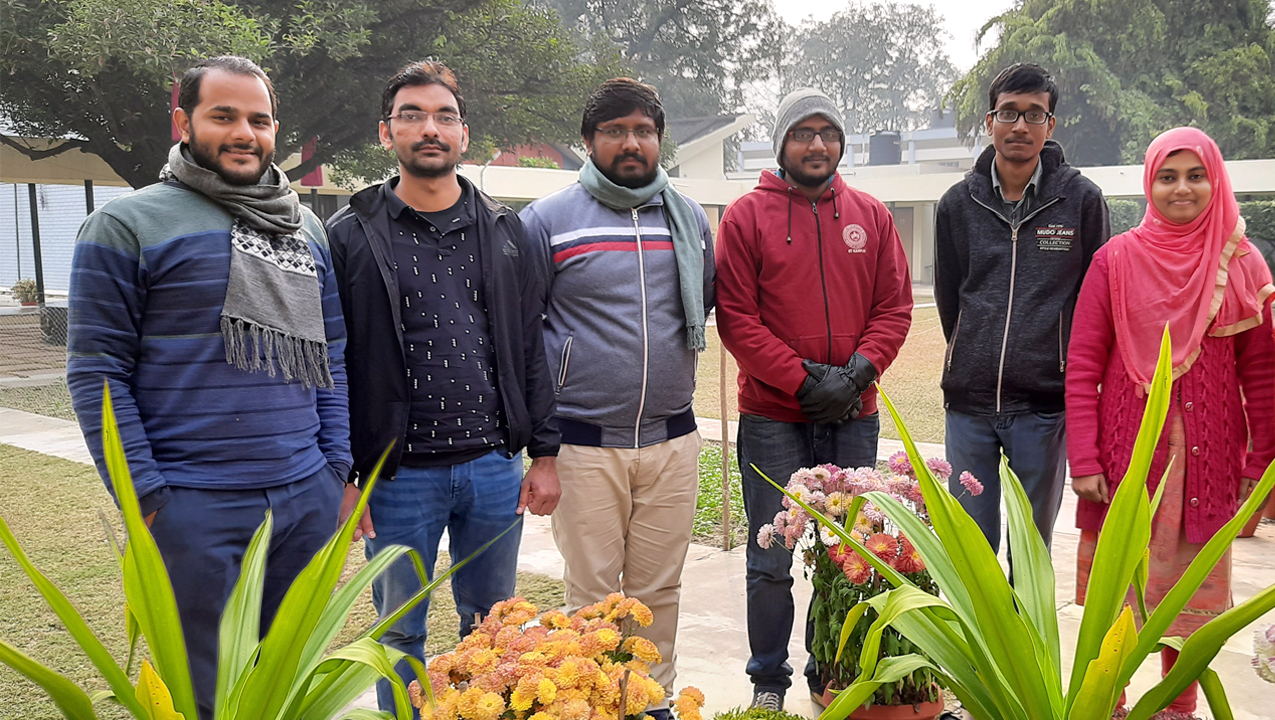
And now we welcome the New Year 2020!
Used to be five, and now seven in veritas. Gosh! All primes. Should have four more to eleven in 2020? Yep, the first even would round it off. 137? No, by all means that is too far to reach. Folks, we are suspended in language!
The antiques welcome the new grad, standing to the right in the picture – taken after the lunch at VH guesthouse. From left to right: Kedar, Surender, Manendra, Ashok, Subhamoy, and Farha. PC: cpcm veritas.
Wintering Chrysanthemums in clay pots with other lush green varieties. IIT Kanpur is home to rich flora and fauna. Read more.....
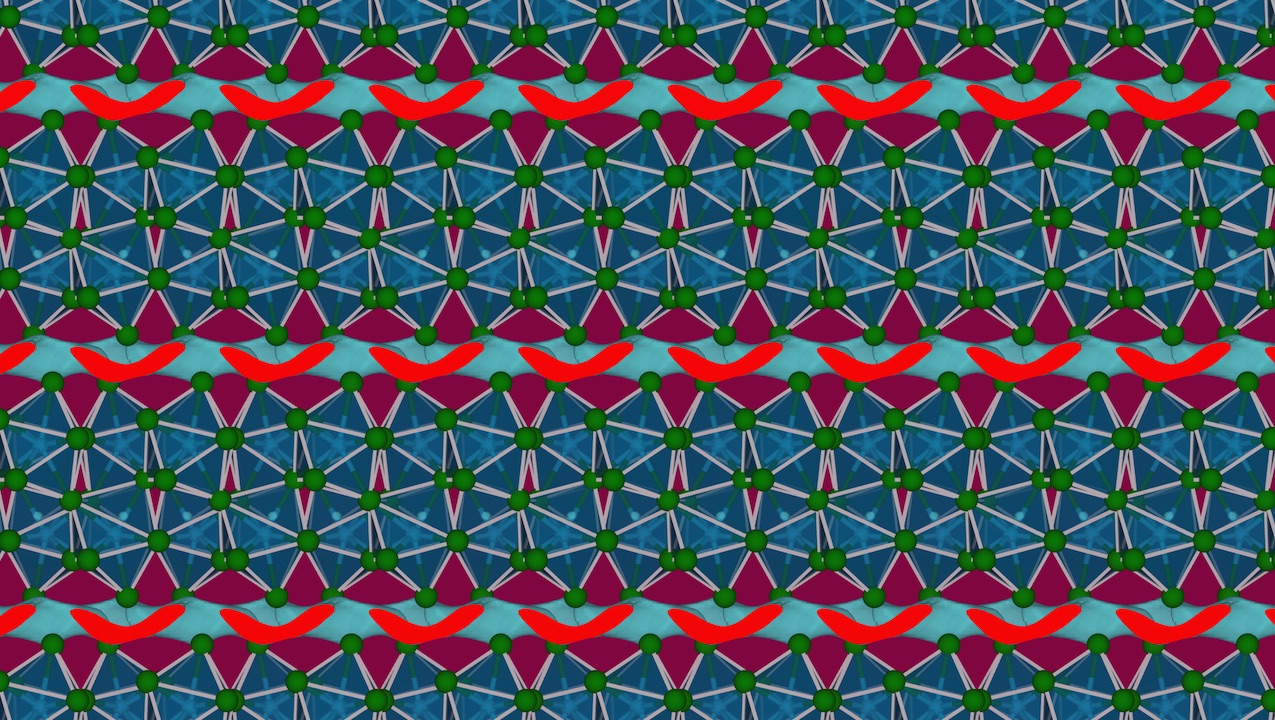
Electride of varying dimensionality
Electrides are extended structures in which an electron has separated from an ionic core and resides in an interstitial space. It is an unusual state of matter under ambient conditions. In a recent paper, we have suggested a metastable Li4N solid that likely to exist as electride of varying dimensionality.
The history of electrides can be traced back to Davy’s alkali metal–ammonia solutions and Jim Dye’s crystalline organic cryptands and crown ethers. Here, in our investigation, it may well be that Li4N electride, when it is made, will be amorphous.
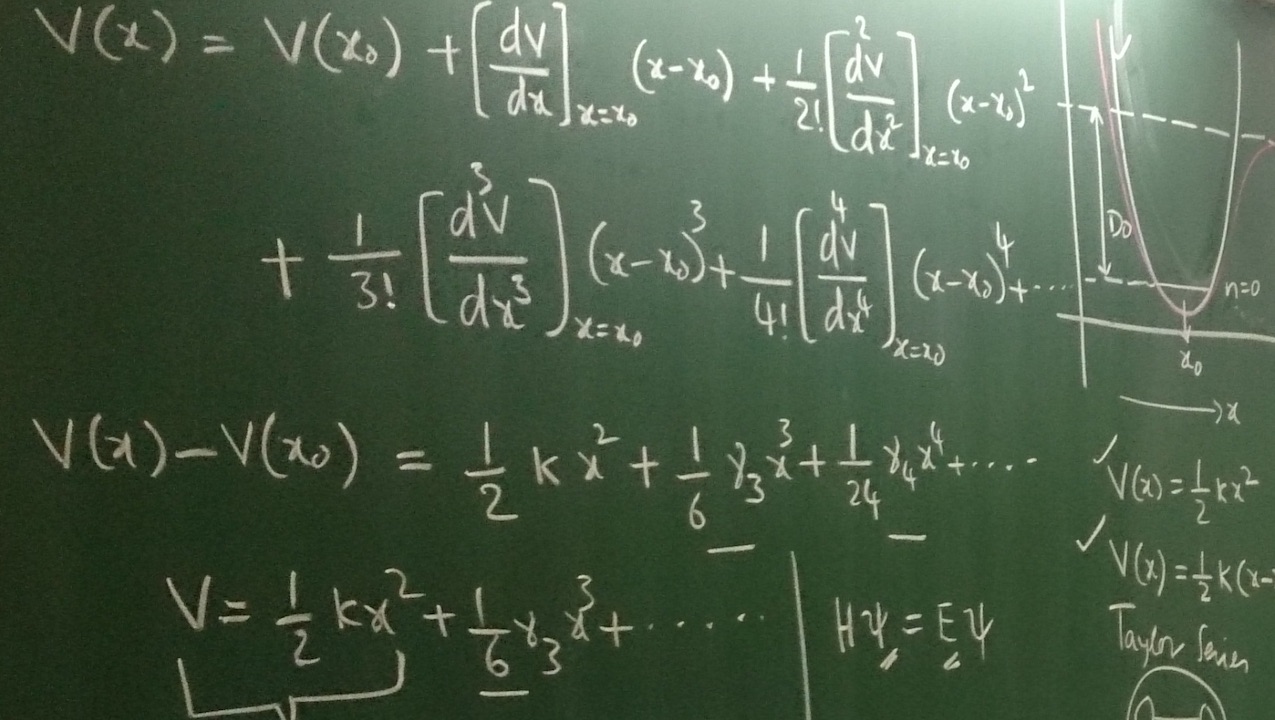
Teaching — Quantum Mechanics & Chemistry
Quantum mechanics is based on a theory of discrete energy and system of axioms that have been formulated to describe the behavior of matter and its properties at the scale of molecular, atomic and subatomic texture of the marvelous Mother Nature.
In teaching quantum mechanics, history demands that one has to profitably think both like a chemist and physicist. A topic of enduring interest, but at times it is mystical and quite tangled to get it “right” the first time.
On teaching↔understanding, quoting an anecdote from the Feynman's Lost Lecture: Read.....
